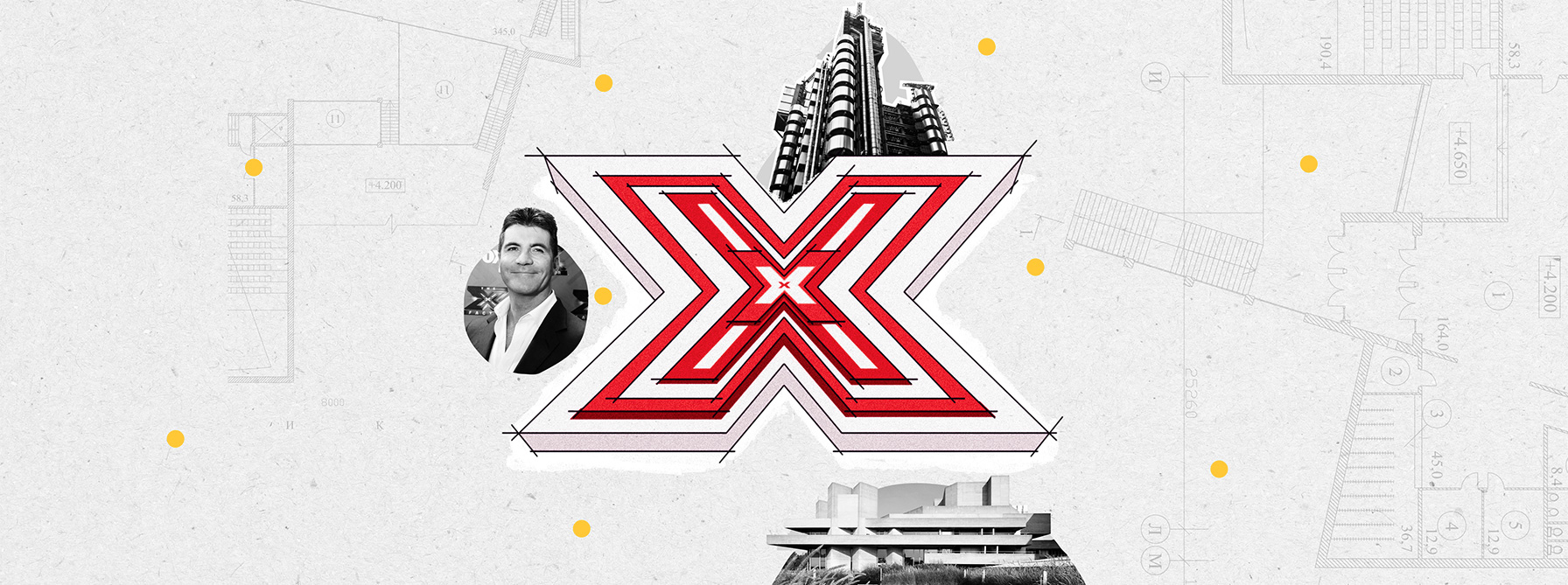While on first look you may not think reality TV, architecture and finance marketing go hand-in-hand, the principles of best-practice financial content marketing have similarities and relevance in more places than you think. Just ask Zembl’s head of digital marketing and content, Sunny Singh who got his first taste of best practice content marketing selling mixtapes on the streets of London. As co-founder, creative director and GM of The Dubs Agency, seeing these principles put to the test in other passion areas and professional pursuits has only solidified my conviction in the logic and effectiveness of a design thinking-led approach to content marketing.
Before content marketing was mainstream
I got into digital and content marketing in the mid-90s, and before that worked in broadcast design (the branding of television networks). When I co-founded The Dubs I used my broadcast connections to build websites and content publishing programs for the largest entertainment brands in the UK – The X Factor for ITV and The Apprentice for BBC.
As creative director I was focused on building enormous online audiences around these brands, slicing and dicing and extending the content from these TV programs as the vehicle for repeated, audience-targeted engagement. It was content marketing, but that concept wasn’t part of the mainstream marketing vernacular like we know it today.
“ It was content marketing, but that concept wasn’t part of the mainstream marketing vernacular like we know it today.”
In the background I had a passion for architecture, and later in life I took a break from the digital world to study it. In my first week I was introduced to a design exercise that again shared the foundations of the approach we apply to financial content marketing today. The exercise was to sketch 16 simple building forms out of the letter ‘H’ – which seems easy on the face of it, but after you’ve stretched it up-down, left-right, thick to thin, that still leaves 6 to 10 to go. One becomes absorbed in an internal dialogue of experimentation; testing and criticising increasingly wilder ideas, with each incarnation making it harder and harder to originate an alternative from the one before.
At the time I didn’t realise the process was a very simple introduction to design thinking – an approach that just like content marketing puts the challenges and needs of the user at its core. And looking back on my entire academic career, it showed me the value of a systematic approach to problem-solving built on research and analysis, collaboration with community, the modelling of complex ideas and the critical assessment of their results.
Where the X Factor, architecture and content strategy meet
Returning to digital as the GM of The Dubs Agency’s Sydney office, I’ve looked at our early content marketing experiences with fresh eyes. Seeing a clear relationship between our early digital learnings and the rigor of the architectural design thinking system, we’ve adapted and fed these into our always-on financial content marketing process – creating our own iteration of traditional best-practice financial content marketing.
Architecture is at its core a social orchestration, and through the activation of a physical space an architect’s aim is to create delight when its user experiences the space.
Virtual space – and I categorise any website or social platform as that – apart from its materiality, or the lack thereof, shares a lot of similarities to physical space from a social and information perspective.
Whether it’s a physical or virtual space the starting question is always why? Why are we doing what we are doing, what challenges are we trying to solve and how does the user ultimately benefit? Universal across content marketing and design thinking, it’s also television 101. If you don’t produce content that appeals to the needs and interests of the viewer, inevitably the show will get axed after two episodes.
In financial content marketing we draw on audience-based research that we author, and the strategies we develop are user-centered both in terms of the content we create and the way it’s delivered. Step one in any new project is to determine what the target audience wants. The second step is gaining an understanding of the business’ needs via a qualitative workshop process. And from there, only once we have a clear understanding of both the target audience and business’ needs and challenges do we begin formulating a content and distribution strategy.
Drawing on the ‘H’ exercise from architecture we ideate and conceptualise multiple strategies to marry up the two sides and ultimately land on a creative platform that unifies both the audience’s and business’ wants and needs. This union underpins the proposed strategy across content, formats and distribution. Once we implement the strategy and content publishing commences, we constantly measure and refine throughout the project life-cycle.
We are a team of strategists, journalists, technologists, filmmakers, designers and an architect. And after all these years we are still enthusiastic about the digital medium because it’s constantly shifting alongside the world of influences that evolve it.









